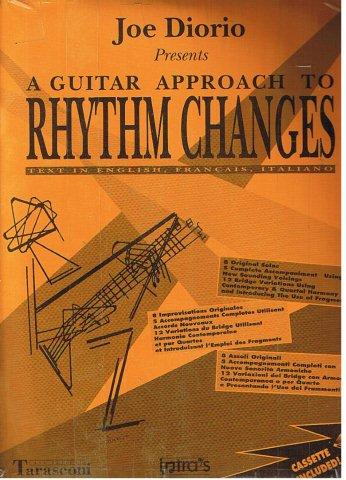

Her parent gave history of travelling to rural areas where patient had contact with domestic animals. Facial paralysis and otalgia had resolved without complications.Ī 3-year-old girl presented to the emergency unit with a three-day history of left ear pain in association with easy irritability and reduced oral intake. On follow up at otorhinolaryngology clinic, patient showed significant improvement after four weeks. Oral steroids were continued for two weeks to reduce nerve inflammation and were subsequently tapered off. Patient was prescribed olfloxacin 0.3% eardrops with oral prednisolone 40 mg once daily. The debris of fecal material was cleared with gentle suction. Tick was carefully removed with crocodile forceps under endoscopic guidance after instilling 10% cocaine eardrops. The right ear appeared normal and no foreign body was seen in the ear canal. The visualized tympanic membrane was intact. Otoscopic examination revealed an engorged tick in the mildly inflamed left ear canal (Figure 2). This facial nerve palsy was graded as House-Brackmann Grade 3 (Figure 1). The patient exhibited loss of wrinkles over left forehead, drooping of left corner of mouth and inability to completely close her left eye. Clinical examination revealed a thin female with obvious facial asymmetry. There was history of contact with domestic animals around the house prior to clinical presentation. There was no history of ear discharge or ear bleed. The facial weakness slowly developed over her left face during the two days after the onset of ear pain. Pain was associated with left facial weakness. We report three cases of intra-aural tick with different clinical presentations.Ī 25-year-old Malay woman presented to the emergency department with complaint of left ear pain for three days. A neglected otoacariasis can result in complications such as ear infection, cranial nerve involvement and even death. The clinical presentation varies, although the commonest being an intolerable otalgia. It is a common phenomenon especially involving insects and arthropods such as tick.

Otoacariasis is the presence of a live animal in human ear. Keywords: Otoacariasis Otalgia Complication We present three cases of otoacariasis with multiple clinical presentations. Other than otalgia, there are numerous other complications that can result from otoacariasis ranging from bleeding to nerve paralysis and even fatalities.

Both adult and pediatric patients can present with otoacariasis and most of them will come with a complaint of otalgia. Presence of ticks or mites in the external auditory canal is known as otoacariasis. The investigation seems to confirm the functional identity as to these muscles in experimental animals and in human beings.Norhafiza Mat Lazim 1, Irfan Mohamad 1, Mohammed Khairi Mohammed Daud 1, Rosdan Salim 1ġ Department of ORL-HNS, School of Medical Sciences, University Sains Malaysia, Penang, Malaysia This phenomenon is considered as objective evidence of the existence of acoustic reflexes in both intra-aural muscles and it is concluded, that the period of latency which under ordinary circumstances is found by the impedance method is the one of the tensor muscle. In about one-third of the whole material such a sensitivity was present and two separate types could be established, which were found to be closely correlated to the type of movement of the ear drum, which is induced during such reflexes. The sensitivity of the reflex pattern towards artificial pressures to the ear drum was investigated in all persons.
#Intra aural series
Series of normal persons, and workers exposed continuously to traumatic noise levels were examined with respect to the threshold and the period of latency of the intra-aural muscle reflexes, as measured by the impedance method.


 0 kommentar(er)
0 kommentar(er)
